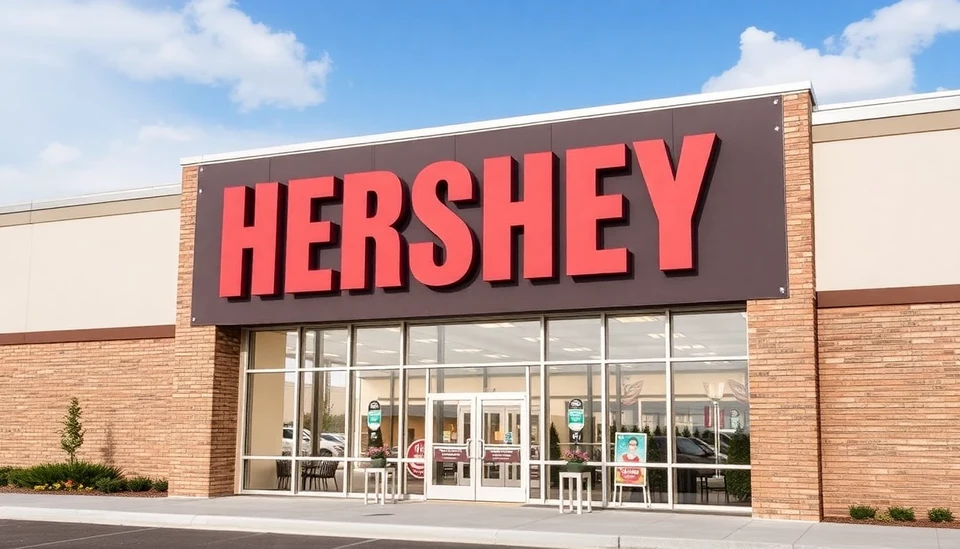
The candy industry was abuzz recently with the potential takeover of Hershey, one of the most iconic names in chocolate, by Mondelez International, a major player in the global snack market. However, what initially appeared to be a promising deal has been abruptly blocked, leaving analysts and investors pondering the implications of this decision.
Sources close to the matter have indicated that the deal was rejected due to regulatory concerns and possible anti-trust issues that could arise from such a significant consolidation in the confectionery market. The acquisition was poised to be one of the largest in the industry, potentially reshaping the competitive landscape. Hershey's strong brand presence and extensive distribution network made it an attractive target for Mondelez, which has been eager to expand its portfolio of brands and seize a larger share of the lucrative chocolate market.
In the backdrop of this acquisition attempt are increasing pressures on candy manufacturers to innovate and diversify their product lines in response to changing consumer preferences and dietary trends. Mondelez had anticipated that acquiring Hershey would not only provide them access to a beloved brand, but also allow them to leverage Hershey's established supply chains and distribution channels to improve efficiency and reduce costs.
Despite the enthusiasm for the proposed merger, regulators have expressed concerns that such a move could significantly reduce competition in the market, possibly leading to higher prices for consumers. The Hershey brand holds a strong position in North American markets, and the fear is that a merger could create a behemoth that stifles smaller competitors. Such concerns are rooted in recent trends where mergers and acquisitions have come under increased scrutiny by regulatory bodies across various sectors.
As negotiations fell through, the stock market reaction was swift. Shares of Mondelez saw a slight dip, reflecting investor unease about the company’s future growth prospects without the integration of Hershey. Meanwhile, Hershey’s stock remained relatively stable, signifying investor confidence in the company’s existing operations despite the blocked takeover.
Industry experts believe this setback may compel Mondelez to explore alternative strategies for growth, which could include seeking out other acquisition targets or investing in organic growth through product innovation and marketing efforts. The candy landscape is ever-evolving, and players like Mondelez must adapt to thrive.
In conclusion, while the initial excitement surrounding the Mondelez-Hershey acquisition has been quashed, the broader implications for the candy industry remain to be seen. Companies will need to navigate regulatory challenges carefully while continuing to meet consumer demand for both traditional and innovative confectionery products.
As we watch these developments unfold, the candy market remains a focal point for investors and consumers alike, reflecting the complexity and dynamism inherent in this sweet industry.
#Mondelez #Hershey #CandyIndustry #MergerAndAcquisition #RegulatoryConcerns #InvestorSentiment #ConfectioneryMarket #MarketTrends
Author: John Harris




